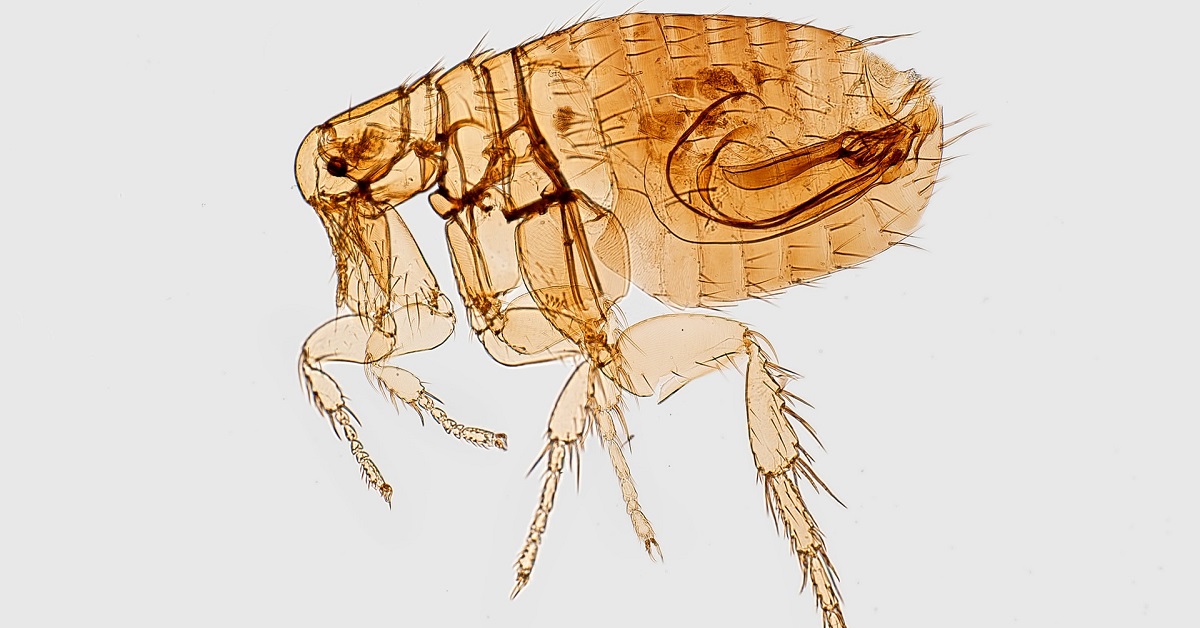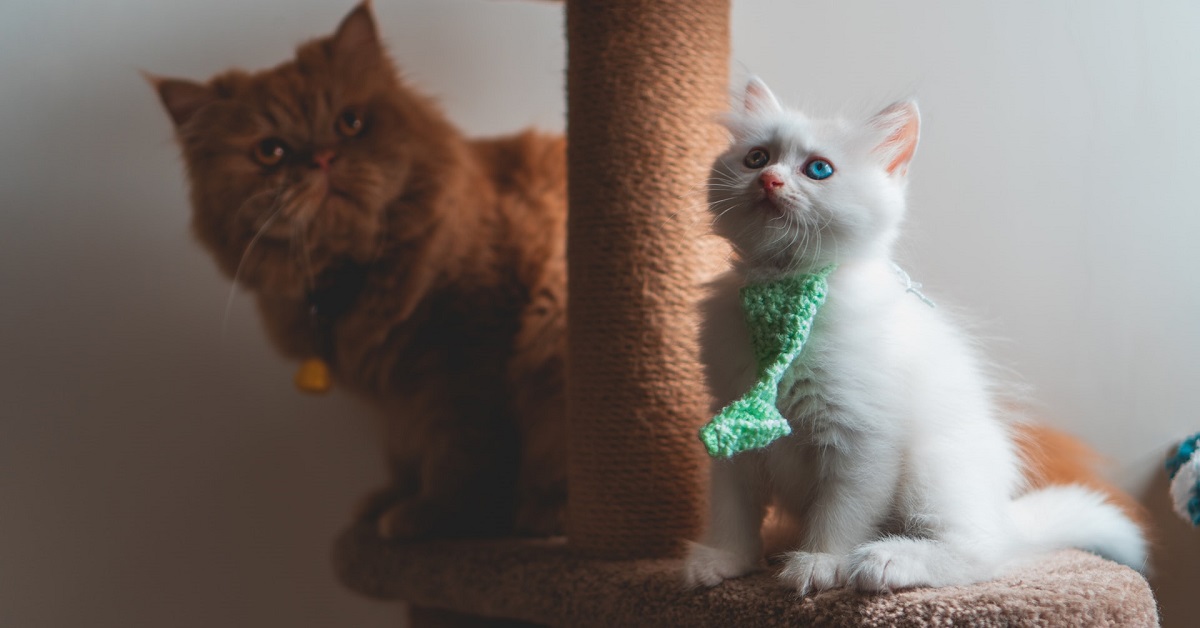Vetpharmacy.co.uk Cookie Policy : We use cookies to enhance your user experience. To find out more please view our cookie policy
How Do You Check Your Cat For Fleas?

You may see some uninvited guests when the weather warms up in spring. Fleas are usually more active when the temperature is favourable (relative humidity of 70 percent and 35°C). The bites can cause severe itching and inflammation in humans and animals alike. Continue reading to find out how to check for fleas on your cat.
Fleas are very active insects that feed on both you and your cat. By jumping on passing animals, they burrow down through the fur to the skin, where they remain hidden while they bite and ingest blood.
How to check for fleas on your cat’s skin and haircoat
Fleas on your pet may be difficult to spot at first, so be sure to look thoroughly. They are capable of jumping very high and very fast. Fleas are very small insects with flat bodies; they are dark brown and almost black in colour. The more blood they consume, the lighter they become.
Below are some steps you can take to check your cat for fleas.
- Check areas where fleas can hide by turning your cat on its back. Fleas prefer to hide in warm and protected areas, such as armpits and groins.
- Examine your cat’s ears with a lot of care for signs of blood, redness, scratching, or dirt. All these can be signs that your cat has fleas.
- Your cat's belly, groin, or tail base may be red and bumpy - more so if it scratches a lot.
- When the skin is scratched excessively, hair loss may occur, and black spots may appear on the skin as well as scabs.
- Run a flea comb through your cat's hair on the back and legs (it should have closely set teeth). Fleas are usually trapped by the teeth of the comb, which are designed to pull them out. By running the comb through the hair close to the skin, you have a better chance of locating fleas hiding in the hair. If you find any live fleas while combing, use a bowl of soapy water to dunk them in.

Check the Environment
It isn't just your cat that has fleas. You can also find them all over the house and in places where your cat spends a huge amount of time.
- If your cat has fleas, closely examine their favourite areas such as the feeding area, and bedding, for flea dirt (black spots), or for fleas themselves.
- Since cats like to sleep on things such as kitchen cabinets, window sills, and refrigerators, you should inspect those places from a height when examining them.
- When walking through areas where your pet frequents, wear white socks. The socks may pick up fleas and/or flea dirt which will stand out on a white background.
How can I treat my cat for fleas? (check for fleas on my cat)
Fleas that stubbornly stick around may call for more serious measures.
- Clear the decks. Ask your family members to stay outside and take out all pets from the house, and spray carpets and other surfaces with a flea spray. It is best to use sprays that contain pyriproxyfen or methoprene.
- Ensure all your pets are treated for fleas. A pet that isn't treated can be an uncontrollable flea reservoir. They will continue to get fleas as long as they are not treated.
- Get in touch with a flea expert. If you still spot fleas around, you may need an exterminator to get rid of the problem.
Below is one of the best products to help prevent and offer long-lasting treatment of flea allergic dermatitis in cats.
Fipnil Plus for Cats

You can also shop online now for flea and tick control products.
This blog post was written on behalf of Vet Pharmacy by Pharmacy Mentor.